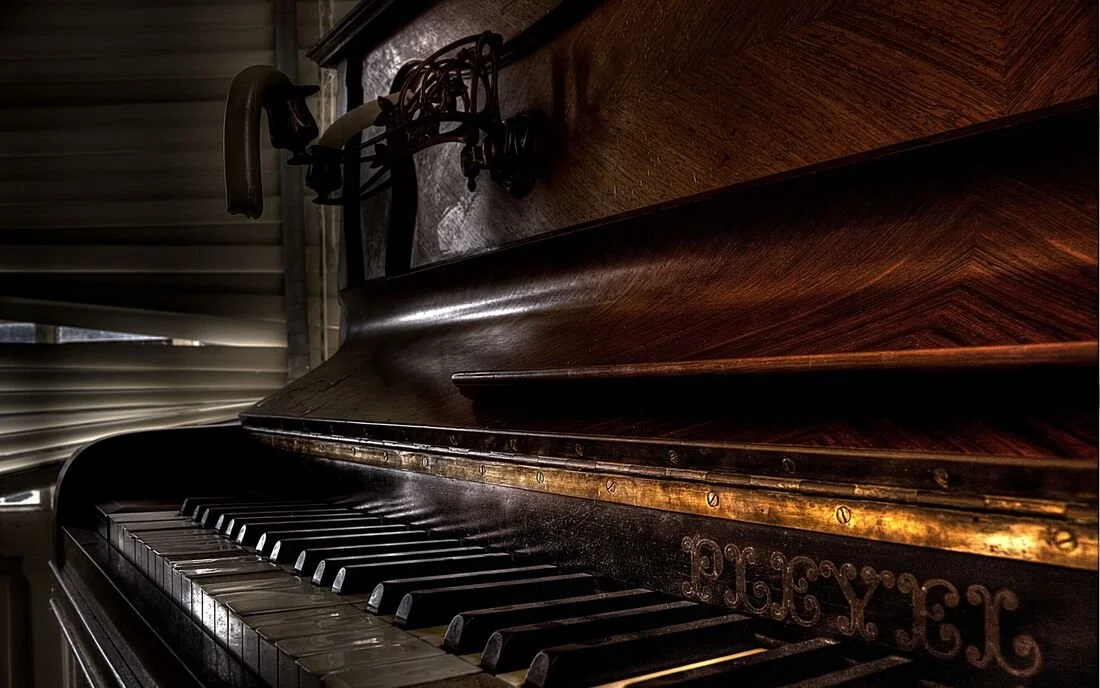Top 8 Piano Tips Before Taking Lessons Online At Los Angeles Music Teachers
Musical performances have always been part of history. Since the advent of the piano, as a musical instrument, performers have always stunned their audience at concerts so phenomenally. History is replete with the remarkable achievements of piano grandmasters such as J. S. Bach and Franz Liszt. Generally, learners can gain the right technical approach to this practice by seeking the best piano lessons in Burbank. Here are some helpful piano training tips that can substantially elevate a learner’s skills when incorporated.
1. Maintain a natural posture
Keyboardists are always advised to maintain a calm posture and portray good deportment when addressing the keyboard. This can be effectively achieved by ensuring a comfortable seating posture while maintaining an appropriate distance from the keyboard for enhanced ease of movement.
2. Ensure proper use of the full arm
As a constituent of the full arm, the forearm provides support to the hand which in turn supports the fingers. It is best to ensure that the forearm is well-positioned to ensure easy movement of the hand (sideways, upward and downward).
3. Make the wrist flexible
Playing with a supple wrist can bring about a seamless execution of gestures. The legendary music tutor, Beethoven strongly advocates the development of a unique feeling of musical impulse when playing slurred notes. This would require the light withdrawal of the hand purposely.
4. Play with a compact hand
By default, the hands are meant to be kept in a compact position when playing the piano. Apart from helping to keep the arm and hand calm, this also helps to enhance finger movements.
5. Flow naturally with the fingers
There is no need to exert force while playing the piano. As a best practice, players should try to keep the muscles relaxed, as well as maintain a natural arch when working with the fingers.
6. Follow the right finger motion (fingering)
It is very easy to play the wrong note when adopting the wrong fingering. To avoid creating execution difficulties, pianists should ensure that they articulate gestures with the right fingering.
7. Try to be consistent
To achieve greater reliability, it is best to ensure full consistency by maintaining a regular hand shape.
8. Understand the structural function
The left hand is the foundation of playing the piano. This is where the bass line which is responsible for clarifying harmonic rhythm, maintaining timing, providing direction, sustaining the rhythmic energy, and setting the tempo is located. Ensure to work with the left hand by listening and building from the bass up.
Conclusion
As it is commonly said, practice makes perfect. Following the best piano lessons in Burbank can set anyone on the right track to perfection.
If you're interested in taking Piano lessons on Zoom or In Person in Burbank, Glendale or North Hollywood, we have some of the best piano lessons in Los Angeles. Our piano instructors are picked by interviewing hundreds of drum instructors and we have really high standards on both their teaching ability as well as their personality. If you'd like to talk to one of our instructors or set up a first lesson we have a guarantee that if you don't absolutely love your first lesson you don't have to pay for it. Please contact us at (818)902-1233 or on our website at https://www.losangelesmusicteachers.com/online-piano-lessons-in-burbank-ca.html

